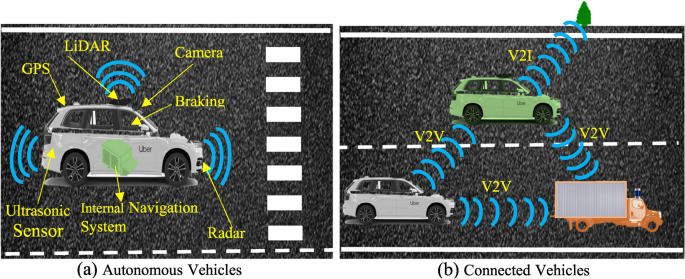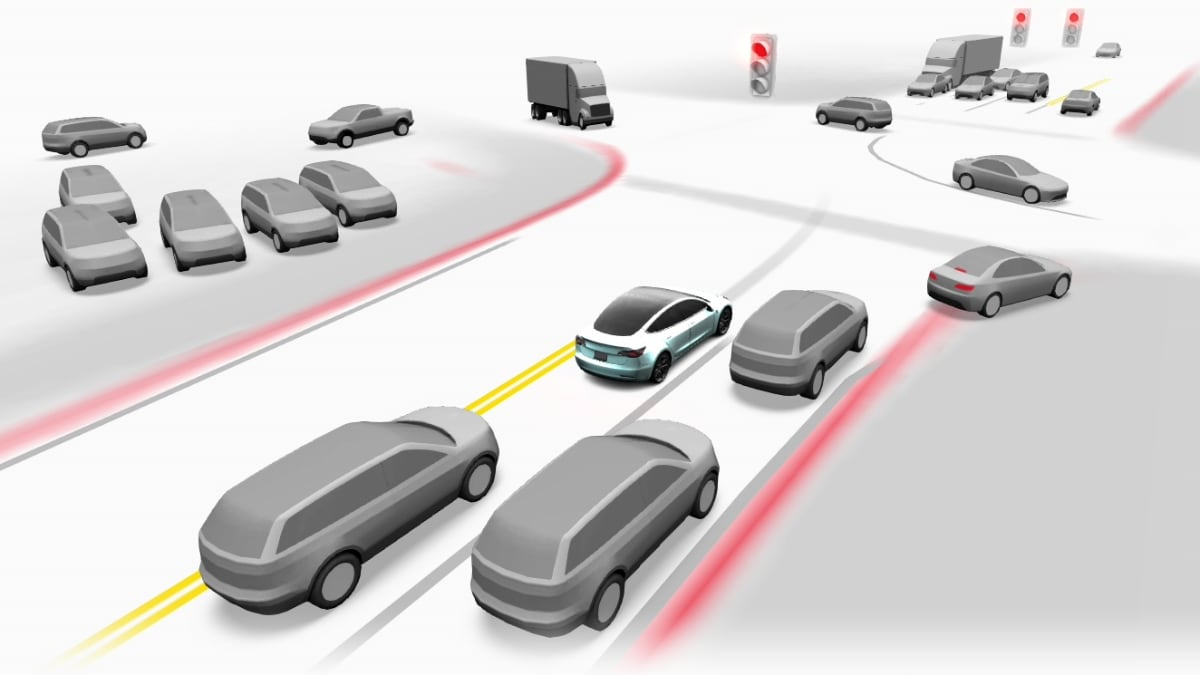Introduction:
The emergence of autonomous vehicles (AVs) represents a transformative shift in the transportation landscape, promising safer, more efficient, and sustainable mobility solutions. As AV technology continues to advance, it is poised to reshape not only the way we travel but also the infrastructure that supports our transportation networks. In this blog, we will explore the profound impact of autonomous vehicles on transportation infrastructure and the challenges and opportunities they present for urban planners, engineers, and policymakers.
1. Enhanced Safety and Efficiency:
Autonomous vehicles have the potential to significantly improve safety and efficiency on roadways by reducing human error, which is a leading cause of traffic accidents. With advanced sensors, artificial intelligence, and connectivity, AVs can anticipate and react to traffic conditions, obstacles, and hazards more effectively than human drivers. This enhanced level of automation can lead to smoother traffic flow, reduced congestion, and fewer accidents, ultimately making roadways safer and more efficient for all users.
2. Adaptive Infrastructure Design:
The widespread adoption of autonomous vehicles will require a reimagining of transportation infrastructure to accommodate their unique needs and capabilities. Traditional roadways may need to be redesigned to incorporate dedicated lanes, signage, and infrastructure for AVs, such as sensor-equipped intersections and communication networks. Additionally, AVs may require designated pick-up and drop-off zones, charging stations for electric AVs, and facilities for maintenance and storage. Urban planners and engineers will need to adopt a flexible, adaptive approach to infrastructure design to support the integration of AVs into existing transportation systems.
3. Optimized Land Use and Parking:
The rise of autonomous vehicles is likely to have significant implications for land use and parking infrastructure in urban areas. With the advent of shared, on-demand AV services, the demand for traditional parking facilities may decrease as AVs can drop off passengers and then relocate to remote parking areas or service hubs. This could free up valuable land currently used for parking, enabling repurposing for green spaces, mixed-use development, or other community amenities. Additionally, AVs may enable more efficient land use patterns, as they can navigate routes more precisely and reduce the need for expansive roadways and parking lots.
4. Integration with Public Transit:
Autonomous vehicles have the potential to complement and enhance existing public transit systems by providing first-mile/last-mile connectivity, improving accessibility, and filling gaps in underserved areas. AVs can be integrated with transit networks to offer seamless, multimodal transportation options, allowing passengers to transition seamlessly between different modes of transportation. This integration may require upgrades to transit infrastructure, such as enhanced connectivity, real-time scheduling, and passenger information systems, to support efficient coordination and operation of AVs within the transit ecosystem.
5. Environmental Impacts and Sustainability:
While autonomous vehicles hold promise for reducing traffic congestion and emissions through improved efficiency and coordination, their widespread adoption also raises concerns about potential environmental impacts. The proliferation of AVs could lead to increased vehicle miles travelled (VMT) as users may be more inclined to travel longer distances or opt for solo trips instead of shared rides. To mitigate these effects, policymakers and stakeholders must prioritize strategies to promote sustainable transportation choices, such as incentivizing shared AV services, promoting active transportation modes, and incentivizing the use of electric and low-emission vehicles.
6. Equity and Accessibility:
Ensuring equitable access to autonomous vehicles and their benefits is essential to address disparities in transportation access and mobility. While AV technology has the potential to improve accessibility for individuals with disabilities, seniors, and underserved communities, there is a risk that it could exacerbate existing inequities if not implemented thoughtfully. Policymakers and planners must prioritize equity considerations in the deployment of AVs, including affordability, accessibility, and accessibility. This may involve implementing policies to ensure that AV services are accessible to all residents, providing subsidies or incentives for low-income users, and ensuring that AV infrastructure is deployed in underserved communities.
Conclusion:
The advent of autonomous vehicles holds immense promise for revolutionizing transportation and shaping the future of mobility. By leveraging advanced technology and innovative design approaches, AVs have the potential to enhance safety, efficiency, and accessibility while reducing congestion and environmental impact. However, realizing the full potential of AVs will require careful planning, collaboration, and investment in transportation infrastructure that is adaptable, resilient, and sustainable. By addressing the






